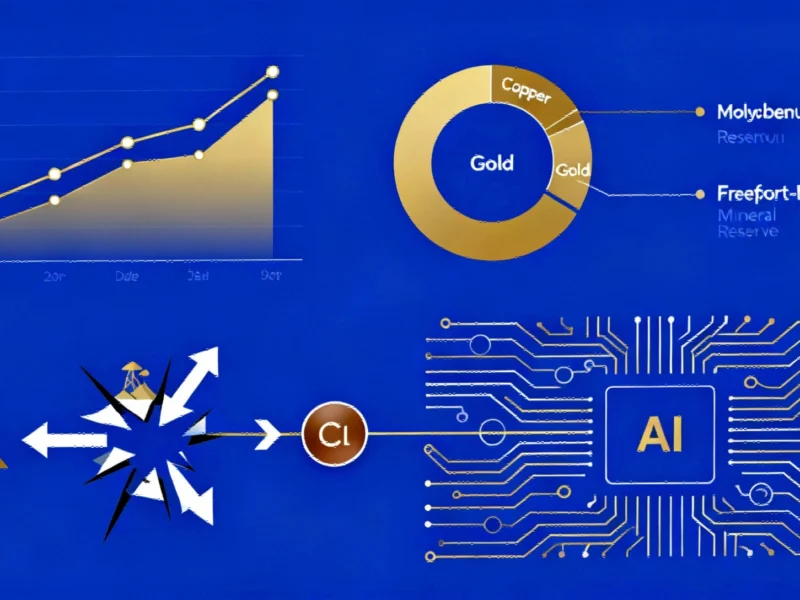The Battle Over Tesla’s Historic Compensation Package
As Tesla prepares for a November 6 shareholder vote on what would be the largest corporate compensation package in history, a significant divide has emerged between institutional advisory firms and prominent Tesla supporters. The proposed deal would grant Elon Musk up to $1 trillion in stock if he achieves ambitious performance targets, including driving Tesla’s market valuation to $8.5 trillion by 2035 and meeting 12 operational milestones ranging from vehicle production to earnings growth.
Cathie Wood’s Confident Prediction
ARK Invest founder Cathie Wood, one of Musk’s most steadfast Wall Street allies, has publicly declared her expectation that the compensation package will pass “decisively” despite opposition from proxy advisory firms. In a series of posts on X, Wood argued that the voting dynamics favor approval, noting that “retail investors are likely to dominate the vote once again” and that index funds don’t hold enough Tesla stock to swing the outcome.
Wood specifically targeted the influence of proxy firms in institutional investing, questioning why large shareholders would rely on third-party recommendations rather than conducting their own analysis. Her criticism of what she called “a form of socialism” in index-based investing found immediate support from Musk himself, who responded with a simple “Absolutely” to her posts.
The Stakes for Tesla’s Future
The compensation package represents more than just financial reward—it’s structured to keep Musk deeply engaged with Tesla during a critical transformation period. Company directors have warned that rejection could lead to reduced involvement from Musk or even his complete departure. The proposed deal would increase Musk’s stake in Tesla from 13% to nearly 29%, giving him substantially more control as the company accelerates its focus on AI, robotics, and autonomous driving technology.
The operational milestones embedded in the package reveal Tesla’s ambitious roadmap, including targets to sell 12 million vehicles, deploy one million humanoid robots, launch a million robotaxis, and increase adjusted earnings from $16.6 billion in 2024 to $400 billion. These goals reflect the company’s broader strategic direction toward automation and advanced manufacturing.
Institutional Opposition and Wood’s Counterargument
Influential proxy advisory firms including Institutional Shareholder Services (ISS) have recommended voting against the package, citing its unprecedented scale and what they describe as insufficient safeguards. This institutional skepticism represents a significant hurdle, given that these firms advise many of the largest investment funds.
Wood dismisses these concerns while criticizing the system that amplifies them. She points to the 2018 compensation package approval as precedent, noting that Tesla wasn’t in major indexes at that time but still secured decisive support. Her confidence stems from belief in Musk’s vision and what she sees as broader market trends favoring innovation-driven leadership.
Broader Implications for Corporate Governance
The Tesla vote represents a potential turning point in how companies structure executive compensation for transformative leadership. Wood has consistently framed Musk’s compensation as reward for innovation rather than excess, previously calling the Delaware court’s rejection of the 2018 package “un-American.” The current debate highlights ongoing tensions between traditional governance models and the emerging approaches to funding breakthrough technologies.
As Wood suggests, the outcome may ultimately depend on whether retail investors—who have historically supported Musk’s vision—can overcome institutional resistance. The November 6 vote will not only determine Musk’s compensation but could signal broader shifts in how shareholders evaluate leadership in technology-driven companies pursuing ambitious transformations.
This article aggregates information from publicly available sources. All trademarks and copyrights belong to their respective owners.
Note: Featured image is for illustrative purposes only and does not represent any specific product, service, or entity mentioned in this article.



